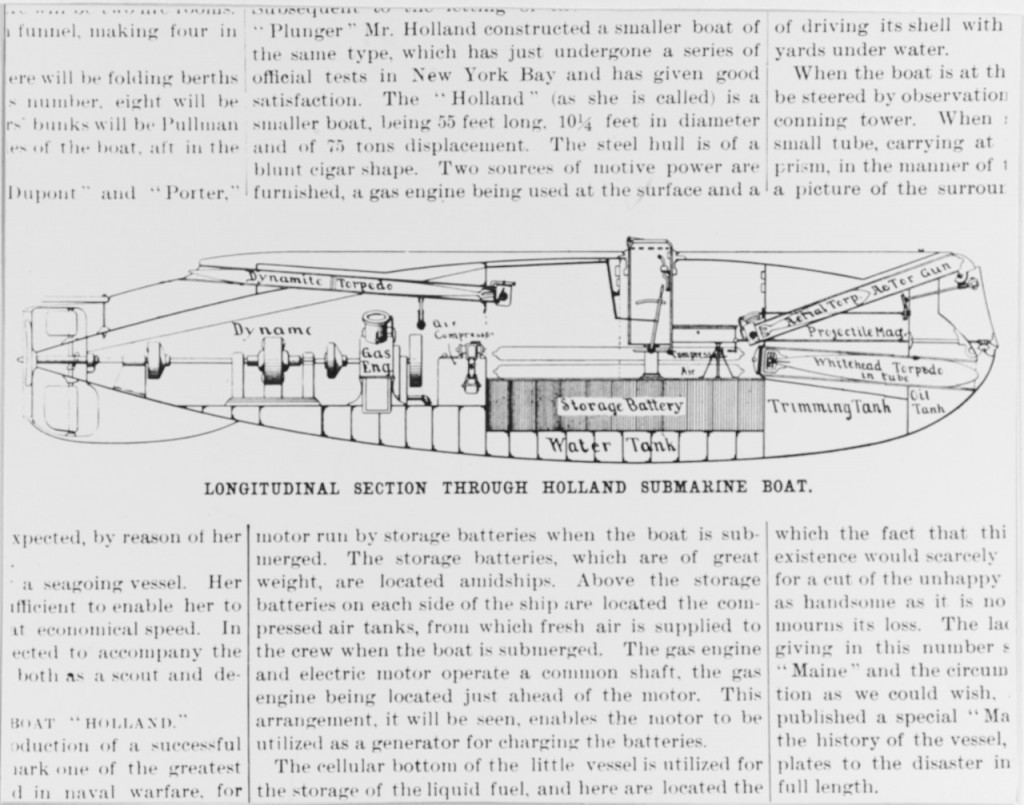When filmmakers decided to make a movie of the classic Jules Verne novel 20,000 Leagues Under the Sea in 1916, they faced a few challenges in rendering the scenes from the book into film. But with the help of three inventions, they were able to create one of the iconic scenes of the film!
The first invention was a submarine tube, which allowed people to work on submarines and salvage shipwrecks while in a watertight chamber with helmets and arm casings. While not invented for the movie, it allowed for the possibility of filming underwater.
The second invention was the photosphere, which could be attached to the submarine tube and used to shoot the film.
The third, and most iconic, invention (since it actually saw screen time) was the giant cephalopod. For this, the filmmaker designed a submersible device that relied on rubber tubes and halved rubber balls to simulate tentacles.
You can read more about all three of these inventions (plus how they made the cephalopod’s ink) here!
Follow us online: